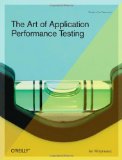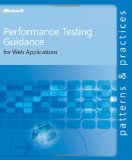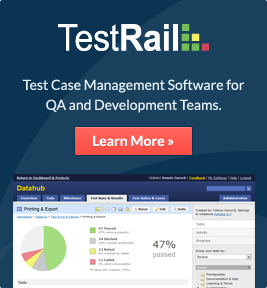Load Testing Tools
As websites, web applications, APIs and services become more and more
critical, it's import to design and build applications so that they scale well for a
large number of requests. To actually test and verify the behavior of services under load,
testers and developers can perform load and stress tests. For web applications a load test
would usually involve defining, writing and running test scenarios.
A test scenario could be a script
that simulates the behavior of a typical user across multiple pages of a website or
web application. Once you defined your test scenarios, you can execute it by simulating
many concurrent virtual users and monitor how your application behaves. Likewise for APIs
and other services, the idea is to generate requests that are as realistic and similar to
the possible load of your production environment, so you can optimize and scale your
application and services based on accurate and realistic data.
Load Testing Tools 8 Tools
There are various tools that you can use to build, conduct and
analyze load and stress tests for web applications and other services. Most tools require
that you build test scenarios, usually scenarios a typical user would perform on a website,
and then simulate many virtual users simultaneously.
Load Testing Cloud Services
In addition to the above mentioned load testing tools, the
following services make it easy to start large-scale load tests without having to
build your own infrastructure. This is especially useful if you only have to conduct
such tests from time to time, e.g. at specific points in your development efforts.
Load Testing Books 4 Books
The following books provide a good starting point and overview
to learn more about load testing websites, web applications, APIs and more. Load testing
is usually just one aspect of optimizing web-based applications so most of the listed
books cover load testing as part of a larger testing strategy.
Additional Load Testing Resources
In addition to the above mentioned books, there's a huge number
of online resources to help you get started with load testing and testing the performance of
web applications and web sites. We researched the best articles and online resources and
please see the list of links below.
"Most of the software companies are running Load Testing on their
products. Load testing is one of the most important testing types today. In this article,
I'm not going to talk about Load Testing tools or advanced testing techniques, but rather,
I would like to talk about 10 basic steps that are the foundations for creating a good,
precise and powerful Load Test suite."
"So what?! I still say you should test against production. And
so would some others in our industry that have much more experience than I. For example,
Dan Bartow taught a couple of sessions in April at STPCon in San Mateo. He mentioned
several times that hammering the real production servers is the only way."
"Load testing should be part and parcel of every Web development
effort, and it should be performed early in the process. However, if you think you can
load test using your development environment, you're going to have some surprises when
you go live."
"Load testing requires a good deal of planning and forethought.
Many items need to be taken into consideration to maximize effectiveness. To that end,
the testing process should occur over the course of several weeks to allow for careful
planning, test execution and a thorough examination of testing results."
"Now you have finished your site and someone asked you the question:
How many users can we serve before we need more power and muscle on our server environment?
Good question! And if you don't know how to find that out, how to measure it, and find the
bottle necks, come to this session. You'll find out how to get started and learn more about
tools for [web] application load testing and how to use them."





